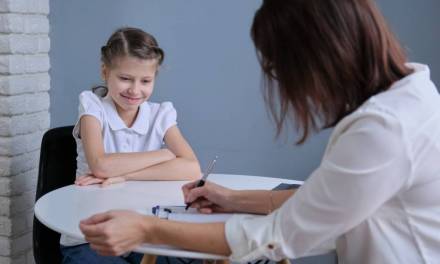Students who exhibit poor behaviour can inflict a negative stance on the school environment and overall experience for peers in their cohort. This is why we must ensure students promote positive behaviour during their school journey.
A good way we improve student behaviour is to track and monitor their engagement, celebrate successes and ultimately create a more enjoyable experience for everyone.
The school inspection handbook states during an inspection they will focus on:
“whether the school has high expectations for pupils’ behaviour and conduct and applies these expectations consistently and fairly. Inspectors will also consider whether this is reflected in pupils’ positive behaviour and conduct. They will consider whether staff make sure that pupils follow appropriate routines, whether low-level disruption is not tolerated and whether pupils’ behaviour does not disrupt lessons or the day-to-day life of the school”
Ofsted will want to ensure a school is doing everything it possibly can to drive engagement and create a more positive and inclusive environment. Let’s take a look at three ways you track students’ behavioural progress to improve the educational experiences for all:
1. Behaviour tracking charts and systems
Being able to visually see a student’s progression can be beneficial. Implement a structure and format to monitor what constitutes good behaviour. This could be answering a question positively, raising a hand before speaking or supporting a peer with their work. By being able to monitor this progression, you can see the impact it is having on their educational potential and allow you to identify patterns and areas for improvement.
It is also good to integrate EdTech and positive behaviour reinforcement systems. You can reward positive behaviour with points or badges to foster a more engaging environment which can encourage students to make better choices.
2. Create individualised plans and build relationships
Meaningful relationships, trust and rapport must be all intertwined with behavioural tracking. By constructing these relationships students can feel more inclined to engage with their learning and improve their behaviour. You can do this by implementing individualised support plans to overcome any barriers that may be hindering their progress.
Make sure to regularly communicate with students and ask about their likes and interests to promote a more positive learning environment. Ultimately, if the child feels safe and at ease then there is a better chance of their behaviour improving. You can track this through one-to-one meetings with their child and this can allow them to raise any thoughts or concerns they are having.
3. Use an online alternative provision
An online alternative provision, such as EDClass, can be highly beneficial for students who are struggling with their behaviour. Students can work from a setting they feel most comfortable in, such as their own home, to allow them to focus on their education away from distractions from peers or pressures from a mainstream setting. Online alternative provision can also be used with a flexible hybrid approach in school. This can allow students to work away from their peers and ensures they won’t feel pressured by other individuals that could escalate their behaviour.
In addition to this, one-to-one support can be given online away from other individuals which can help raise confidence and determination. Online teachers can help correct students’ behaviour in a more controlled manner online than they possibly could in a mainstream class.
All of this can be tracked through an online platform that monitors attendance, attainment and engagement. If you would to learn about an online alternative provision that can successfully support a positive reintegration call EDClass on 01909 568338, send an email to mail@edclass.com or enquire for more information here.










